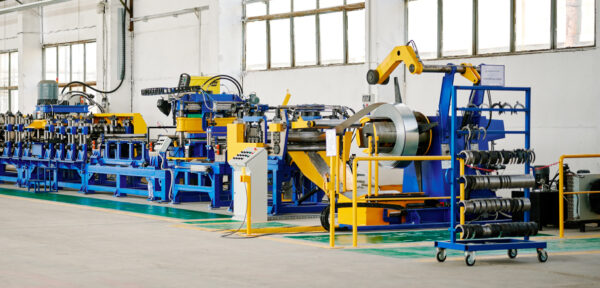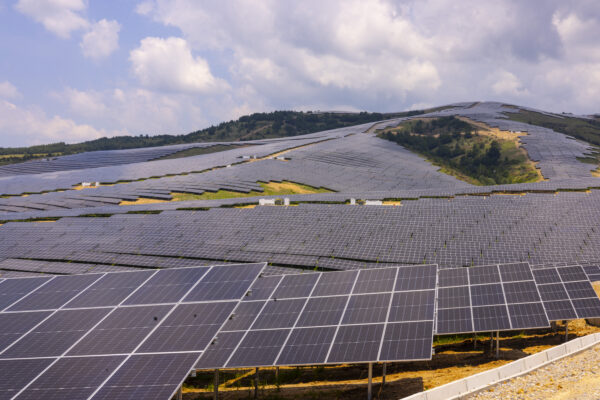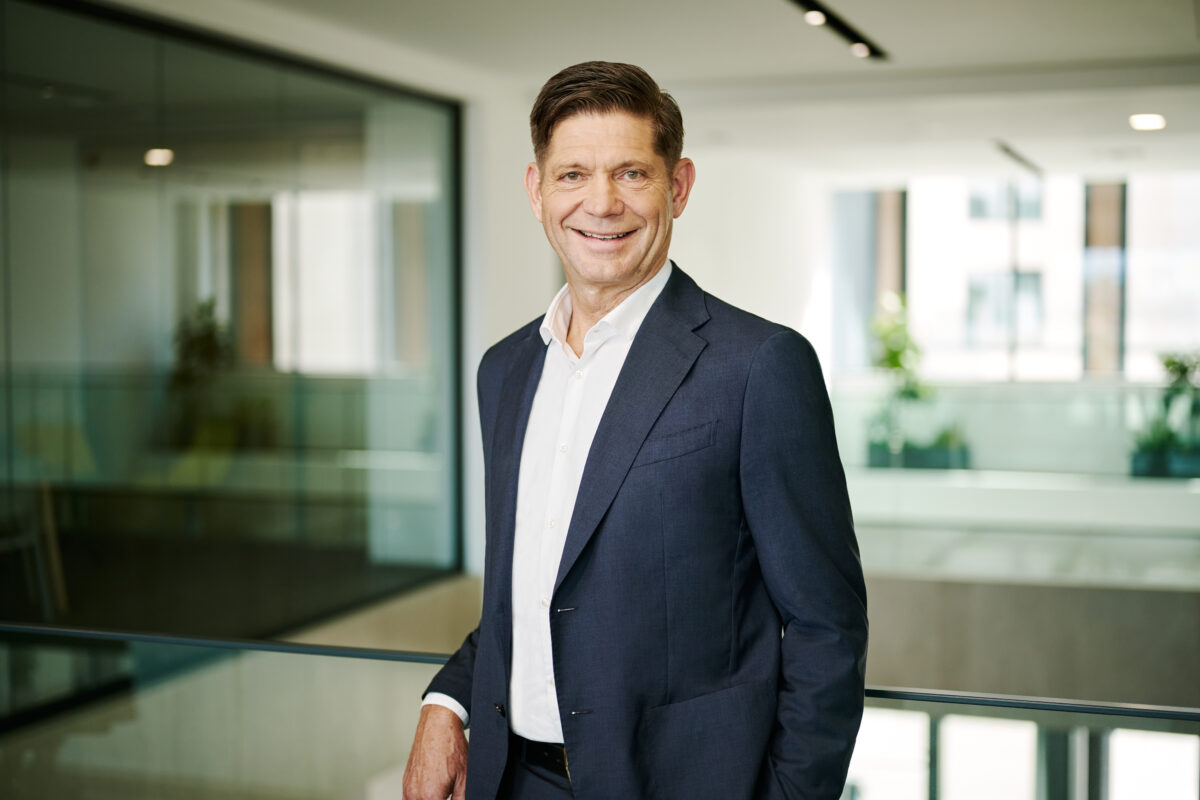Rapidly falling module prices have been a defining trend for the PV industry over the past year – how do you see the current market situation, and what have the new low prices meant for Sunotec’s business?
The module is always the main price driver. About a year, year and a half ago it was very difficult to get modules we had the blockage of the Suez Canal and prices were at 26 to 28 cents per watt. Presently we are DDP on 11 cents – meaning that the module producer ships them all the way to the installation site.
In western and central Europe, the shortage we experience now concerns the substations. In Germany, for example, you now have to wait two years for a substation if you have everything else finished. And if nothing changes, it's going to get worse. Because all the projects we see in Germany now are not moving forward, and the grid operator also needs to renew around 60-70% of transformers in the next decade.
Aside from the pricing, what other trends do you see in the large scale solar segment this year?
There is a strong move to get battery systems in place. The UK is five years ahead on the storage side, and now in mainland Europe there is a big push to catch up. We're involved in a joint venture where we are presently securing sites either standalone or combined with a PV plant. From a regulatory point of view there is no business model for hybrid systems. This will most likely change in the next few years. You can use the same hardware, meaning the same substations where the PV system and the battery system feed into the grid, but that's about it.
The more PV you build, the more hostile that whole production curve gets, so the more you need to try to balance it properly. Energy storage is essential to resolving the grid connection issues I mentioned previously. In Germany right now, there is unfortunately a bit of a homemade issue, that a lot of base load power was switched off a bit too early and now we are trying to catch up. We have in the pipeline about 400 MW hours of battery systems in Germany, and we already ordered about 120 MW hours to be implemented in August in Bulgaria.
So beyond building PV systems, Sunotec is also active in energy storage projects and other areas?
Yes. And this is part of our philosophy that we don't call ourselves an EPC [engineering, procurement, construction] provider, but rather an integrated solution provider. We've got everything in-house and we go beyond the EPC. We do geological site assessments, engineering, procurement and all construction services, meaning mechanical and electrical installations as well as civil works. Our portfolio also includes operations and maintenance, BESS and we offer the repowering of plants. We do this with our in-house machinery fleet consisting of over 600 specialized machines and vehicles.
We also make our own PV mounting structure, under its name Sunotec Mounting Systems we fulfil the engineering and sales parts in Germany and the production takes place at Sunotec Steel in Sofia. We bought the rights and patents from the German company Habdank, that stopped producing four years ago, and further optimized their design to come up with a structure that allows us to install with the lowest work hours per MW – as low as 280 h/MW.
This again protects us and allows us to have more control over some potential bottlenecks and cost increases – coming back to the Suez Canal, where a 40-foot container cost rose to €12-16,000 18 months ago, compared to around €3,000 today. In addition we are completely ESG compliant.

Image: Sunotec
We’ve talked a little about markets already, but where do you see the key regions for Sunotec in 2024, and what makes these the most attractive regions for you?
Popular content
Germany, definitely – because it is politically backed, and we expect to see an increase in installations. And for the last year and a half, you see projects that get to a reasonable size, 50 MW plus. We did a 160 MW project last year, and that’s the kind of thing we want to see in Germany – because the process of getting approval and connecting to the grid is the same as it is for a smaller one.
We expect huge increases in both the UK and Ireland. In Latvia, Estonia, we see big projects coming up – we have just secured a 260 MW project in Latvia. In Bulgaria we should see another 400-500 MW for this year, and in Romania at least 600 MW.
Spain is still a strong market. France is more difficult, partly due to rocky ground that’s difficult to open up for foundations. But mainly down to the administration, they say they want more solar built, but then they say oh, why don't you have this approval, why don't you have that document?
So Bulgaria, Germany, Spain, Poland, and Denmark are the markets where we see a lot happening. We are also quite active in various parts of Africa; we are working on a 66 MW project in Ivory Coast starting in July. And as markets in Europe become saturated over the next few years, we believe the risk appetite will get higher and we’ll see more investment going into Africa. We always have an eye on Africa, because we know this is going to rock the industry going forward.

Image: Sunotec
You mentioned that Sunotec prefers to work with employees, rather than contractors, at all levels. How does affect project costs, when you’re moving workers and equipment around a lot more than some competitors?
We learned long ago that working with our own employees it is the way to go. Through our own travel and accommodation department, we transport our workers to our many sites throughout Europe. For projects in Africa, we work with people from the local communities who are trained by our skilled Sunotec team on the ground.
And with this approach of working with employees, and keeping hold of workers longer term, how do you approach training?
We have a training facility in Bulgaria, though it is still in its early days. Presently we have so many sites in Bulgaria, where most of our workers are from, that it makes more sense to train them on-site rather than at the facility. So every worker is first run through projects in Bulgaria for at least a couple of months before they are sent further to projects in other countries.
This content is protected by copyright and may not be reused. If you want to cooperate with us and would like to reuse some of our content, please contact: editors@pv-magazine.com.



2 comments
By submitting this form you agree to pv magazine using your data for the purposes of publishing your comment.
Your personal data will only be disclosed or otherwise transmitted to third parties for the purposes of spam filtering or if this is necessary for technical maintenance of the website. Any other transfer to third parties will not take place unless this is justified on the basis of applicable data protection regulations or if pv magazine is legally obliged to do so.
You may revoke this consent at any time with effect for the future, in which case your personal data will be deleted immediately. Otherwise, your data will be deleted if pv magazine has processed your request or the purpose of data storage is fulfilled.
Further information on data privacy can be found in our Data Protection Policy.